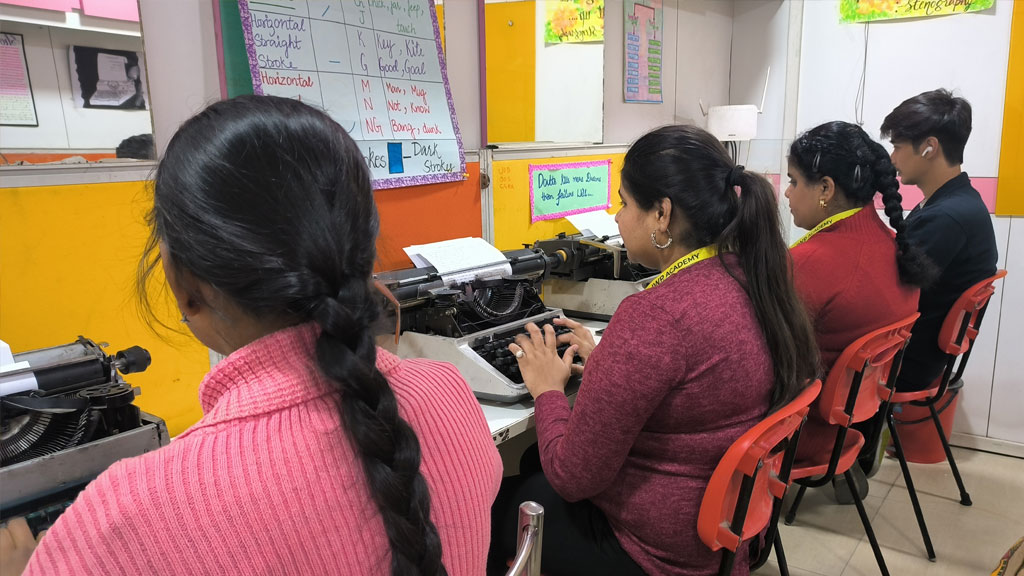Introduction: In a world where effective communication is paramount, the art of stenography remains an indispensable skill. From courtroom dramas to live TV broadcasts, stenographers play a crucial role in capturing spoken words with precision and speed. In this blog post, we’ll explore the enchanting world of stenography, shedding light on what stenography courses entail and how they empower individuals to become masters of the shorthand craft.
- The Essence of Stenography: Stenography, often referred to as shorthand writing, is the art of transcribing spoken words into a written form using a unique system of symbols and abbreviations. It’s a skill that blends linguistic dexterity with nimble fingers, enabling stenographers to record verbatim conversations at remarkable speeds.
- Versatility in Professional Settings: Stenographers are not limited to courtroom settings; their skills find applications in various professional environments. From recording meetings and conferences to providing real-time captions for the hearing-impaired, the versatility of stenography makes it a sought-after skill across industries.
- Speed and Accuracy: At the heart of stenography lies the pursuit of speed without compromising accuracy. Stenographers use specialized machines, such as stenotype machines or shorthand notebooks, to capture spoken words in a fraction of the time it would take using traditional writing methods.
- Stenography Courses: What to Expect: Stenography courses are designed to transform novices into proficient shorthand writers. These courses cover the fundamentals of stenography, introducing students to shorthand symbols, finger placement techniques, and the intricacies of capturing spoken words in real-time.
- Mastery of Shorthand Systems: Stenography courses typically teach one or more shorthand systems, such as Pitman, Gregg, or StenEd. Students learn the unique symbols and abbreviations associated with each system, gradually building proficiency through practice and repetition.
- Keyboarding Skills: Given the technological advancements in stenography, modern courses often incorporate keyboarding skills. Stenographers learn to use specialized keyboards or stenotype machines, enabling them to achieve the remarkable speeds required for professional transcription.
- Real-Time Transcription Techniques: A key focus of stenography courses is preparing students for real-world scenarios where they need to transcribe spoken words on the spot. Techniques for real-time transcription, shorthand memory aids, and effective listening skills are honed during the course.
- Legal and Medical Specializations: Some stenography courses offer specializations in legal or medical transcription. This involves learning industry-specific terminology and honing the skills necessary to work in courtrooms, law offices, medical practices, or other specialized settings.
- Captioning and Broadcast Stenography: With the increasing demand for live captioning in media, stenographers can specialize in broadcast captioning. This involves transcribing spoken words in real-time for live broadcasts, ensuring accessibility for viewers who are deaf or hard of hearing.
- Professional Development and Certification: Many stenography courses culminate in professional certifications. These certifications not only validate an individual’s skills but also enhance their marketability in the workforce. Continuous professional development is encouraged to stay abreast of the latest technology and industry standards.
Conclusion: Embarking on a stenography course is not just a journey into the world of shorthand; it’s a commitment to becoming a silent force in the realm of effective communication. Aspiring stenographers, guided by the principles of precision and speed, emerge from these courses equipped with the skills to capture the essence of spoken words with elegance and finesse. The world of stenography awaits those who embrace the challenge of mastering this age-old yet ever-relevant art.

